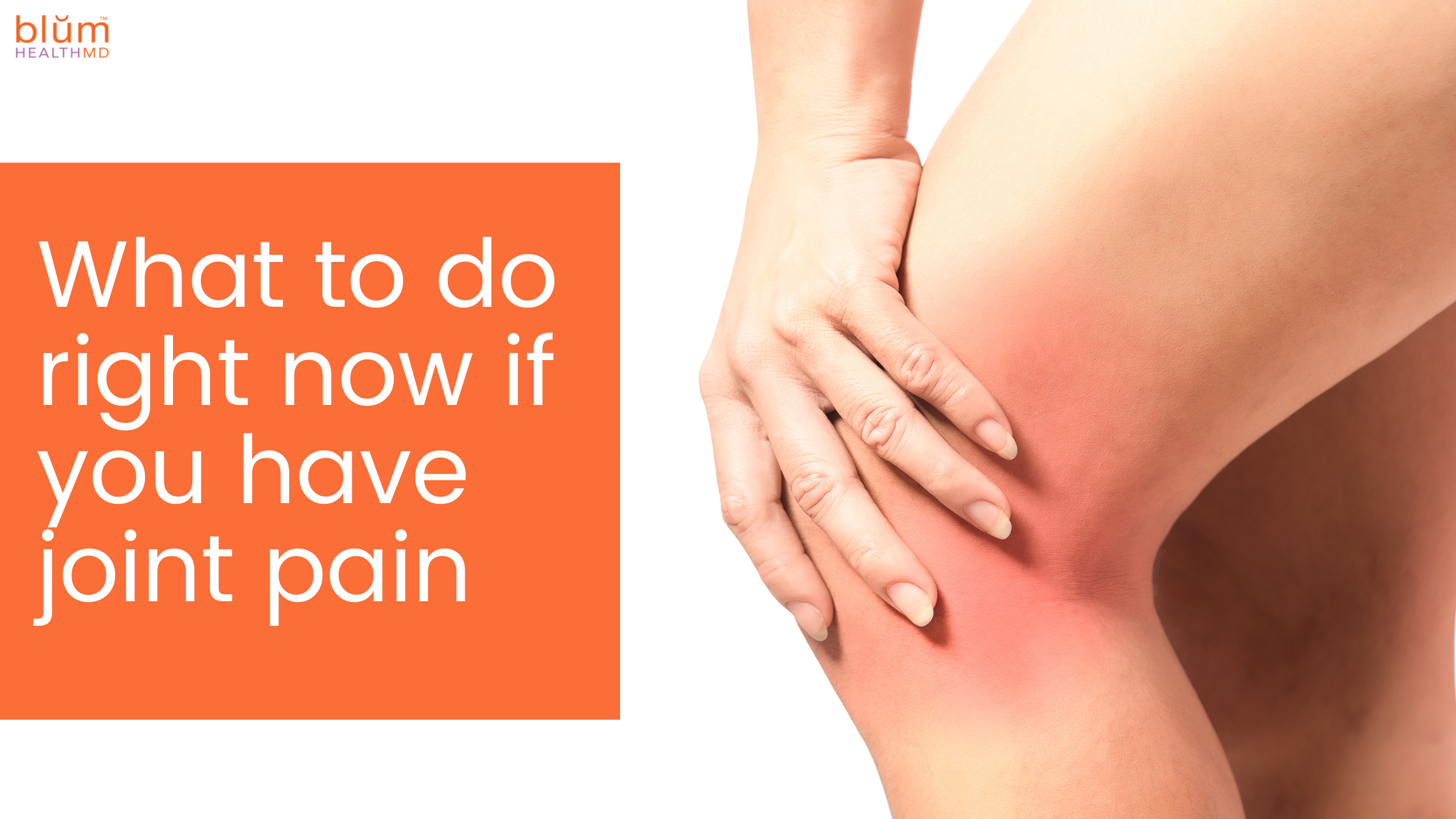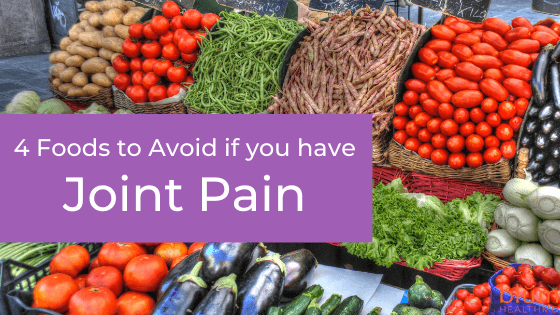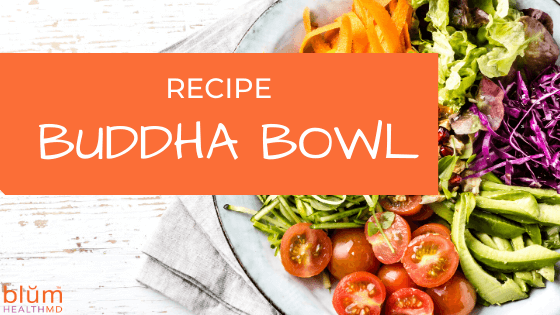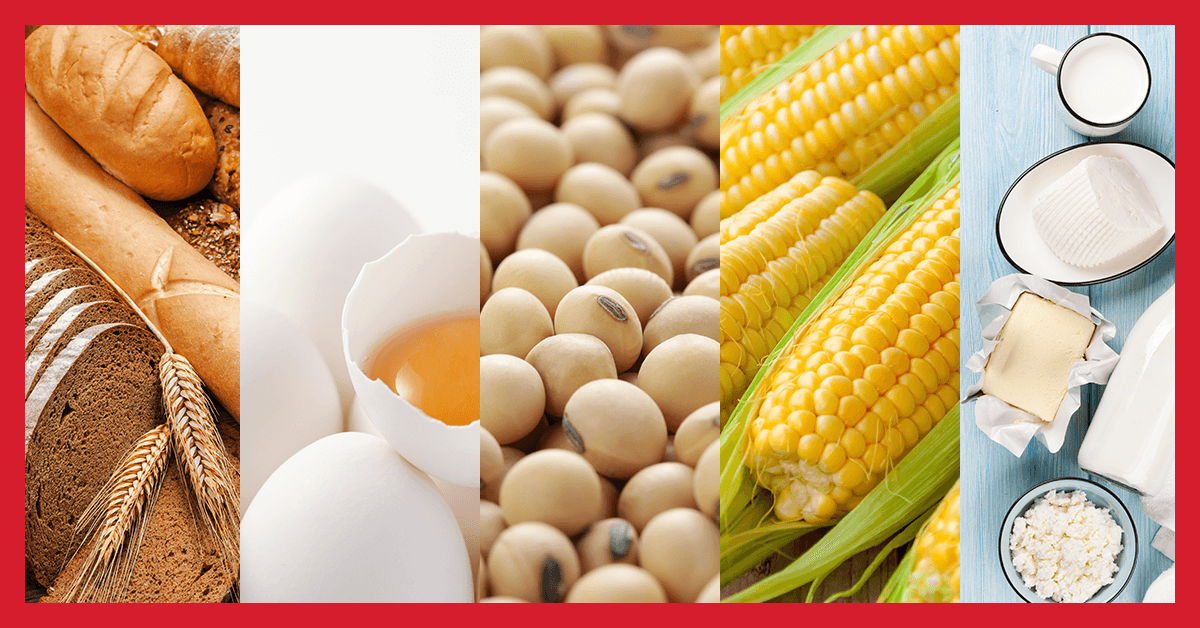Truth: Arthritis is the #1 disability in the country and more than 50 million people needlessly suffer with it.
And did you know that arthritis is afflicting more and more young people every day?
Let’s buck the myth right now: Arthritis is not an old person’s disease.
In fact, arthritis is an inflammatory disease, and very often the root cause has nothing to do with age!
Truth #2: Food, stress, your gut microbiome and underlying medical conditions all influence the expression of arthritis.
So, if you’ve been, as I was when I was diagnosed with arthritis in my left knee that ….
…Arthritis is an inevitable part of aging.
…There is no way to reverse arthritis.
…You’ll need to stay on medication the rest of your life.
…You’ll never be able to exercise again. (I literally sat in my car and cried!)
…Your arthritis has nothing to do with food, stress or any other underlying medical condition
Rest assured … that simply is not true.
If this resonates for you, I invite you to join me for our 4-Day Arthritis Reset. In it I will teach you all the fundamentals of Dr. Blum’s arthritis protocol with live coaching. Four days, four live sessions to put you on the path of pain-free. And, it’s a great reboot for everyone who has participated in our previous much longer online groups. >>>> Join Melissa Now<<<<<
Just to get you started here are …
3 Ways to Stop Arthritis Pain Starting Now
Make pain-free food choices
In fact, the single most important influence on reducing your pain is the food you eat!
Here’s what you need to do:
Increase the number of healthy foods you are eating.
- Your grocery list should include antioxidant rich dark leafy greens like spinach, kale, swiss chard; and deep, colorful berries like blackberries and blueberries.
- Make a habit of eating clean fish once or twice weekly, it’s full of inflammation-lowering omega 3 fatty acids. Buy high-quality, grass-fed, non-GMO animal products and eat them sparingly, perhaps once each week.
- Eat loads of healthy, high-quality oils and fats like olive oil, avocado, nuts and seeds.
- Fit lots of fiber onto your plate in the form of whole grains, legumes and veggies — to feed the good bacteria of the gut. (Avoid gluten if you know you are sensitive to it, or if you have autoimmune disease).
- Spice your foods with turmeric, the bright yellow indian spice that’s not only delicious but also combats inflammation.
Avoid inflammatory foods — this includes highly processed foods made with white flour and white sugar, and practically everything that comes in a box. Avoid processed flour products like baked goods and cookies, and sweetened dairy products like ice cream. Shop the perimeter of the store – buy real, whole foods in their natural state.
Utilize anti-arthritis supplements to decrease pain.
There are several supplements that have been scientifically proven to decrease inflammation and pain. These are some of the supplements Dr. Blum outlines in her book, and that we utilize in the Healing Arthritis Challenge with specific, exact dosing:
- Omega 3 (EPA and DHA) & Omega 6 (GLA) Fatty acids – these powerful anti-inflammatory fats have been found to reduce pain and improve physical function in Rheumatoid Arthritis.
- Curcumin – this plant-derived antioxidant and natural anti-inflammatory has been found to reduce pain and stiffness in Osteoarthritis.
- Vitamin C – the link between oxidative stress and joint damage is clear. Vitamin C (and other antioxidants) have been shown to reduce pain (and oxidative stress) in inflammatory joint disease.
- Probiotics – when we think about joint health, our attention naturally turns to the gut and the health of the microbiome (the bacteria that live in the digestive tract). Improving the balance of the terrain in your gut with a good probiotic can help with the arthritic pain and inflammation throughout the body.
Powerfully deal with stress: Less stress = less pain.
When it comes to arthritis, the impact of stress is largely overlooked. However, stress and trauma have serious consequences on your gut, your immune system, and your arthritis pain. Improving your resilience in the face of stressors will keep your arthritis from flaring.
How to destress:
- Simplify your schedule. If you are suffering from arthritic pain this is a cry for help from your biological system. Give yourself time and space to renew and rebuild the resilience that you are lacking. Open space in your week to just be.
- Find time for sleep. Make sure you are getting over 8 hours of sleep a night. Work backwards from your wake-up time and get into bed 1 hour prior to that. Make a routine at bedtime that is relaxing and supportive – take a bath, sip some tea, read a pleasant book. Avoid screens 2 hours prior to bed and help the whole family get on board. Doing things with support makes them much easier!
- Make room for movement. You don’t need to add a strenuous exercise routine right away unless you find that that helps your pain, but work towards getting there. To start, just make a plan to have a short walk outside, or put down your yoga mat and gently stretch and move your body beyond the confines of the standing and sitting of your normal day. If you’re feeling more ambitious, try a yoga or tai chi class for meditative movement.
- Book a massage – or other bodywork – for pain relief and stress reduction. Acupuncture, craniosacral, myofascial release are all good options to check out.
- Explore mindfulness meditation. This can be as simple as listening to a guided meditation on an app or with our Blum Center recordings. It can be more regimented like finding an MBSR or TM class in your area and starting a daily practice. It can also be as simple as breathing in and out throughout your day with intention.
- Consider therapy. The stress and trauma from past experience sometimes holds us back from being able to let go of tension in the body. We know that past traumatic experience leads to worse pain and function in autoimmune disease – and we’ve found that addressing it can lead to improved symptoms.
Want to address your arthritis, but don’t want to do it alone? Join the 4-Day Arthritis Reset …. I’ll help you get on your pain-free path! >>>> I want in!<<<<<
Meet Melissa: Melissa Rapoport is the Manager of Health Coaching and Lifestyle Programming at Blum Center for Health in Rye Brook, NY. She combines her graduate work in Developmental Psychology with her education in nutrition, health and coaching to create highly individualized programs that result in lifetime change. A contributing author to three international bestselling books, Melissa’s greatest joy is her relationship with her two daughters.







